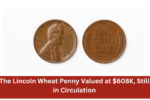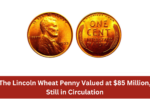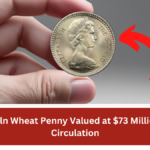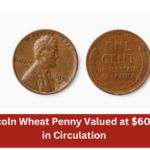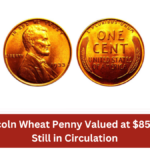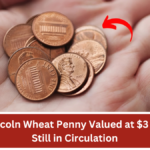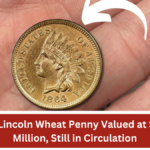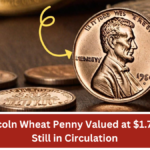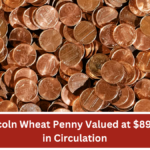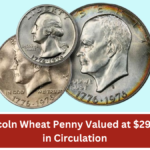The Bicentennial Quarter is a fascinating piece of American history and numismatics. Minted in 1975 and 1976, this quarter was issued to commemorate the 200th anniversary of the United States’ independence. While millions were produced, one particular variety has garnered attention for its staggering valuation of $21 million. This article delves into the specific details of this rare coin, its history, unique features, and why collectors are willing to pay astronomical sums for it.
The History of the Bicentennial Quarter
The Bicentennial Quarter was part of a three-coin series that included the quarter, half dollar, and dollar coins, all featuring special designs to celebrate the U.S. Bicentennial. The quarter, in particular, replaced its standard reverse design with a depiction of a Colonial drummer and a torch surrounded by 13 stars, symbolizing the original colonies. Designed by Jack L. Ahr, the coin’s obverse retained the familiar profile of George Washington.
The coins were minted in two main types:
- Copper-Nickel Clad: The most common type, struck for general circulation.
- 40% Silver Composition: Issued as part of special collector sets and proof sets.
What Makes the $21 Million Quarter Special?
Not all Bicentennial Quarters are created equal. The specific coin valued at $21 million is an extraordinary rarity due to a combination of factors:
- Prototype Coin: This particular quarter is believed to be a prototype or test strike, never intended for circulation.
- Unique Composition: It is composed of 100% silver, unlike the standard 40% silver or copper-nickel versions.
- Pristine Condition: The coin is in perfect, uncirculated condition, graded as MS-70 by professional grading services.
- Historical Significance: It was struck at the U.S. Mint during a limited production run, likely as an experimental piece.
- Provenance: The coin’s ownership history includes prominent collectors, adding to its allure and value.
How to Identify a Rare Bicentennial Quarter
While most Bicentennial Quarters are worth face value or slightly more, collectors should look for specific features that indicate rarity:
- Material: Use a magnet to check the coin’s composition. Silver coins are non-magnetic, unlike copper-nickel.
- Mint Mark: Inspect the mint mark. Rare variations may have unique or missing marks.
- Weight: Silver quarters weigh slightly more than copper-nickel ones.
- Condition: Coins with no wear, scratches, or discoloration are significantly more valuable.
- Errors or Variations: Look for double die strikes, off-center errors, or other anomalies.
The Current Market for Bicentennial Quarters
The majority of Bicentennial Quarters are affordable for collectors. Circulated coins typically sell for $0.25 to $2, while 40% silver versions can range from $5 to $10 depending on condition. However, uncirculated coins, rare errors, or unique compositions like the $21 million quarter are sought after by high-end collectors and investors.
5 FAQs About the Rare Bicentennial Quarter
1. Why is the Bicentennial Quarter so valuable?
The rare Bicentennial Quarter valued at $21 million is a unique prototype composed of 100% silver, struck under experimental conditions, and remains in pristine condition.
2. How can I tell if I have a valuable Bicentennial Quarter?
Check the coin’s composition, condition, mint mark, and for any errors or anomalies. A professional grading service can provide an accurate evaluation.
3. Are all Bicentennial Quarters worth more than face value?
No, most are only worth face value or slightly more. However, coins in mint condition, made of silver, or with errors can be more valuable.
4. Where can I sell a rare Bicentennial Quarter?
Rare coins can be sold through reputable coin dealers, auction houses, or online platforms specializing in numismatics.
5. How many Bicentennial Quarters were minted?
Over 1.6 billion Bicentennial Quarters were minted, but the vast majority are standard copper-nickel coins.
The Bicentennial Quarter is a testament to America’s rich history and the artistry of coin design. While the $21 million example is a rare anomaly, it serves as a reminder of the hidden treasures that may still be circulating in pocket change today. For collectors and enthusiasts, the hunt for these exceptional coins continues to fuel a passion for numismatics.


